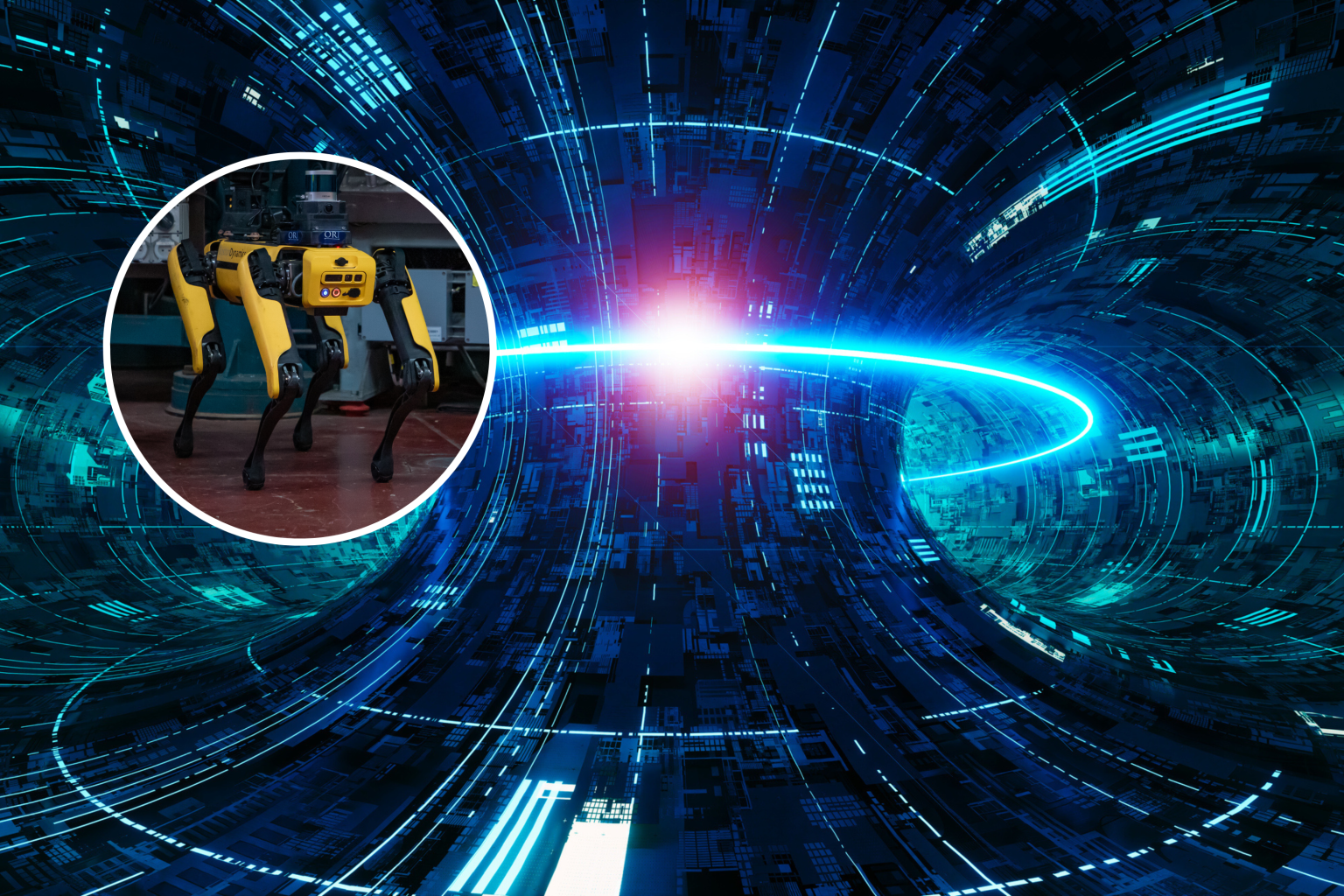In a groundbreaking development, a self-driving robot has been utilized to perform inspections inside a fusion energy facility for the first time. This autonomous maintenance is considered crucial for the potential of fusion power plants to provide a clean and sustainable energy source in the future. Unlike nuclear fission, which is currently the dominant form of nuclear energy, fusion involves the merging of atoms to release energy without producing radioactive waste. It is a delicate process that requires specific conditions to be maintained to prevent shutdown, offering significant advantages over traditional energy sources.
However, the challenge lies in replicating the conditions necessary for fusion reactions to occur, as this requires a substantial amount of energy. Although progress has been made in achieving energy gains from these reactions, the supporting infrastructure needed for large-scale fusion energy production remains a significant obstacle. The implementation of autonomous robots is seen as essential for maintaining fusion facilities due to the demanding conditions posed by radiation, vacuum-level pressure, and extreme temperatures. By utilizing robot technology, safety for humans can be ensured, and operators can benefit from cost-efficiency in conducting maintenance activities within these challenging environments.
A 35-day trial was conducted at the UK Atomic Energy Authority Joint European Taurus (JET) Facility to test the effectiveness of autonomous robots in carrying out inspections for future fusion power plants. The collaboration between the UKAEA and the University of Oxford’s Oxford Robotics Institute involved using the Spot robot from Boston Dynamics, a yellow dog-like autonomous robot equipped with AI capabilities for planning inspections. The robot successfully conducted various tasks during the trial, including recording temperature, humidity, radiation data, RGB images, and thermal images in a detailed and efficient manner. This trial demonstrated that autonomous robots can perform inspections regularly for extended periods, which is essential for minimizing maintenance downtime and ensuring efficient operation of future fusion power plants.
The successful use of autonomous robots in fusion energy facilities not only marks a significant advancement towards commercial fusion energy but also holds promise for various other applications where inspection and maintenance are required in challenging or hazardous environments. This technology has the potential to support activities such as nuclear fission decommissioning and other situations where human access is limited or unsafe. The development of robotic inspection capabilities is a critical step in leveraging advanced technology to enhance operational efficiency and safety across a range of industrial sectors.
Overall, the integration of autonomous robot technology in fusion energy facilities represents a groundbreaking advancement that could revolutionize the future of clean energy production. By utilizing robots for maintenance and inspection tasks, operators can increase plant uptime, reduce maintenance downtime, and ensure the safe and efficient operation of fusion power plants. This innovation not only paves the way for cost-effective and sustainable energy generation but also opens up possibilities for utilizing autonomous robots in various other industries for enhanced productivity and safety.


